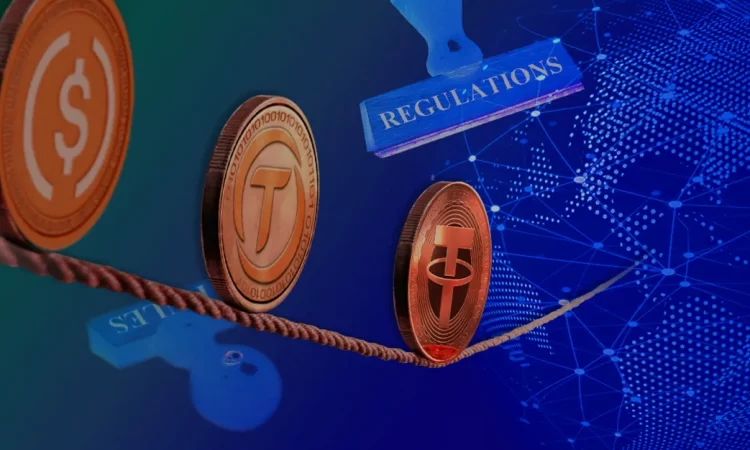
As the world grapples with the rapid evolution of cryptocurrencies, the European Union (EU) has taken a decisive step in regulating stablecoins through the Markets in Crypto-Asset Regulation (MiCA). Meanwhile, with the collapse of Terra Luna’s UST raising questions about the systemic importance of stablecoins, Patrick Hensen of Circle sheds light on MiCA’s significance regime and its implications for stablecoin regulation in the EU.
What’s The Regulatory Impact Of MiCA?
The Markets in Crypto-Asset Regulation (MiCA) heralds a new era of oversight for stablecoins in the EU. Unlike previous methods, MiCA introduces a robust framework targeting “significant stablecoins.” Notably, these digital assets, surpassing specified thresholds, will now face rigorous supervision by the European Banking Authority (EBA) across EU member states.
Meanwhile, Patrick Hensen’s analysis highlights MiCA’s distinctive approach, delegating supervisory duties to the EBA while imposing additional prudential measures. However, discrepancies emerge when aligning MiCA’s criteria with established models such as the Basel Committee on Banking Supervision’s (BCBS) framework for global systemically important banks (G-SIBs).
Notably, MiCA’s implementation signifies a crucial step towards regulating the burgeoning stablecoin market, ensuring financial stability and consumer protection within the EU. As digital assets continue to evolve, the EU’s regulatory role in shaping the stablecoin landscape remains pivotal, setting standards for oversight and accountability in the crypto sphere.
Also Read: Bitcoin ETFs Hit $4 Bln Net Inflows, Will Impact On BTC Price Continue?
Examining The Significance Regime For Stablecoins In Comparison
A comparative analysis sheds light on MiCA’s significance regime, revealing alignment with existing EU frameworks like the Single Supervisory Mechanism and the ECB’s oversight of electronic Payment Instruments, Schemes, and Arrangements (PISA). However, disparities surface regarding significance thresholds.
Meanwhile, MiCA’s market capitalization threshold diverges from the criteria used for G-SIB designation, indicating a need for a nuanced approach. While the EU’s regulatory framework justifies EBA oversight, it lacks in accurately assessing systemic risks, unlike G-SIBs. Consequently, a proposal suggests disentangling MiCA’s dual-purpose approach to better mitigate systemic risks posed by stablecoins.
Notably, this analysis underscores the importance of refining MiCA’s regulatory framework to effectively address the evolving challenges posed by stablecoins. As cryptocurrencies continue to gain traction in global finance, ensuring robust regulatory measures becomes paramount for safeguarding financial stability and investor confidence in the digital asset ecosystem.
Also Read: Pro-XRP Lawyer Deaton Slams Craig Wright’s Satoshi Claim






